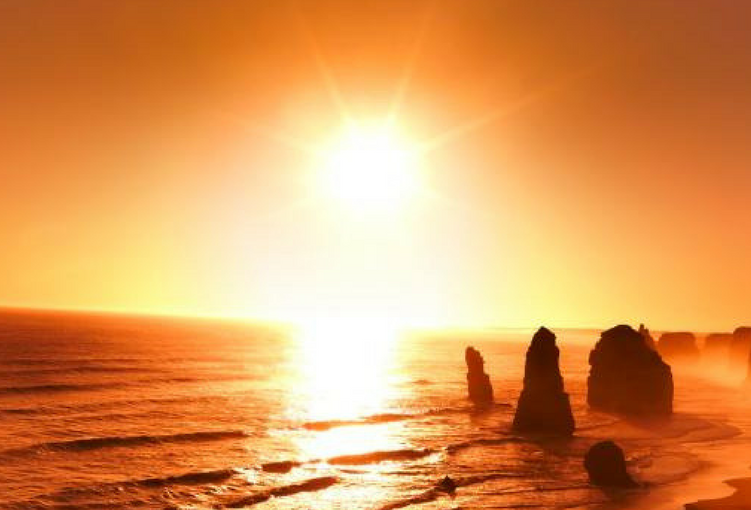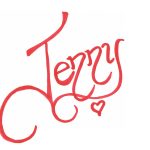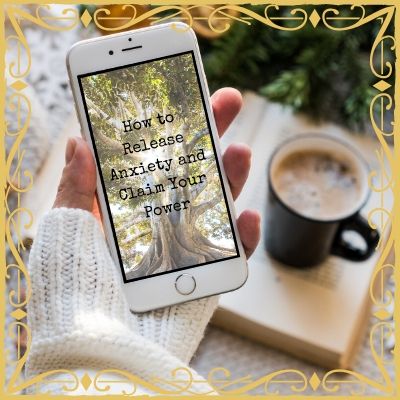What is Summer Solstice you ask and why the heck should I give it any attention? Mighty fine questions, so let’s go for a little explore. On a purely factual basis Summer Solstice (for those of us in the Northern Hemisphere) marks the longest day of the year and the shortest night, it’s the start of the the lazy hazy days of summer. Kids are normally on summer break, families scramble to go on a holiday or camp, and a lot of time is spent soaking up the sun whilst hanging at the beach, playing in the water or hosting a summer bar-b-que. Summer Solstice both ushers in the warmest season and also a gentle reminder that the days are going to get a bit shorter. Even though the days feel longer, more languid and relaxed there is an underlying freneticism of getting outside, celebrating the sun as much as possible, as it will soon be gone. This year Summer Solstice occurs on Tuesday June 20th at 9:24pm PST. So for quite a few of us it means Wednesday.
Okay, so we have the facts, but what does it all mean? Summer Solstice (also known as Litha) is all about abundance, growth, expansion. It’s the celebration of the Sun! Think about it, the farmer plants the seeds in the cool of the Spring in the wet ground and as the Summer Solstice approaches things have sprouted and are reaching up as if they are doing a glorious sun salutation. It’s a time to watch the ripening and fruiting of the plants around us and our ideas. This is a delicious inner fire/power celebration that acknowledges the abundance that grows from tiny seeds.
At Stonehenge, (which was built over 5,000 years ago) the heelstone marks the midsummer sunrise as seen from the centre of the stone circle. In ancient times, the Summer Solstice was a fire-festival of great importance when the burning of balefires ritually strengthened the sun. It was often marked with torchlight processions, by flaming tar barrels or by wheels bound with straw, which were set alight and rolled down steep hillsides. The Norse especially loved lengthy processions and would gather together their animals, families and lighted torches and parade through the countryside to the celebration site.
The use of fires, as well as providing magical aid to the sun, were also used to drive out evil and to bring fertility and prosperity to men, crops and herds. Blazing gorse or furze was carried around cattle to prevent disease and misfortune; while people would dance around the balefires or leap through the flames as a purifying or strengthening rite. The Celts would light balefires all over their lands from sunset the night before Midsummer until sunset the next day. Around these flames the festivities would take place.
In Cornwall up to the mid 18th century the number and appearance of fires seen from any given point was used as a form of divination and used to read the future.
So as we can see, this celebration has been around for years, upon years and has an intensity and a deliciousness about it. So now we have facts, the meaning – how does one celebrate it? There is no right or wrong way by any stretch. However, here are a few simple ideas that aren’t overly complex.
Move your body. Welcome the sun on this longest day with a couple of Sun Salutations. This is a simple Yoga flow that requires you just to be present and go as far as your body will allow you to go. If you are unclear as to what it looks like there are some great beginner versions on line and this will give you a glorious full body stretch (in a gentle way).
Make an altar. Pop some seashells, flowers, fruit and dried herbs on a plate, a tree stump inside or outside and voila, you have created an altar. It doesn’t have to be big, or front and centre in your living room if that makes people around you uncomfie. Your altar could be those cool rocks you picked up over the last year all gorgeously stacked on your kitchen counter.
Eat outdoors. Whether it is your packed lunch at a park, or a family dinner at the picnic table. Eat outside and breathe in the green, the sun, the connection. Look at the plants that are near you whether they are wild rampant buttercups, or a gorgeous rose whose scent wafts to you on the breeze. Realise everything is connected, people, planets, sun and most certainly you.
Take off your shoes. I’m not saying you have to go barefoot for the whole day, but at some point, take off your shoes, let your toes wiggle in the grass or the dirt and just BE for a few moments.
Get your hands dirty. Plant something and if you try to tell me that it is too late I will call bollocks. It’s a great time to pop in more spinach, brussel sprouts and a myriad of other things. So take a moment, grab a pack of seeds and as you pop them into a pot or the ground, set an intention.
Fire time. Have a bonfire, or a little fire, and if not a fire, light a candle. Celebrate the sun by reflecting the sun with fire.
Welcome the water. Get near water, whether it is sitting by a creek, a lake or having a dip in the pool. However, if you are living in a desert this could be a tad tricky, so in that case just pour some water into a little bowl and have it near your fire/candle.
Reset. This is a gorgeous time to use the energy of the Summer Solstice to burn away anything (and I mean anything) that no longer is who you are, or is serving your highest good. One year I had a photo of someone who had been incredibly toxic in my life, but still pulled the strings. So I took the photo, said a blessing, dug a hole and popped the photo in. I then lit a fire and felt tons better!
Community. Invite a friend or 15 to celebrate with you. This is a fun celebration and festival and a pivotal time in the year. Invite friends over and have a potluck, a fire, a delightful natter, play music and celebrate your connection with each other.
There you go. You have now celebrated the Summer Solstice. How did it feel?
Wishing you glorious fires, connection, abundance and most of all fun!


